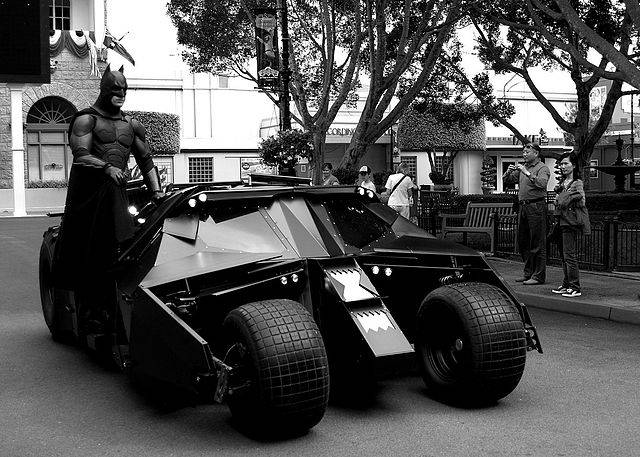This post was published on 18th March, 2014.
In a copyright infringement suit between the DC comics (Plaintiff) vs. Mark Towle (Defendant) the United States Court of Appeals for the Ninth Circuit is to decide whether the Batmobile is protectable under copyright laws. Batmobile is a renowned vehicle that the caped crusader a.k.a. Batman uses for fighting crime in the city of Gotham. Known for its aesthetics, aerodynamics, and features such as jet engine afterburner, torpedoes/missile launchers, automatic tire inflator and many more, the Batmobile made its first appearance in 1939 in a comic series called detective comics and was later portrayed in film serials, TV series and in live-action feature films involving Batman.
Evolution of Batmobile over the years
Warner Brothers’ subsidiary, DC comics, known for its comic characters such as Superman, Green Lantern, Joker, Cat Woman to name a few, holds the trademarks and copyrights for Batman and the Batmobile. Mark Towle (Defendant) owns the Gotham Garage based out of California which makes custom made replicas of Batmobile cars and till date, Mark Towle has sold a very few number of Batmobile cars, say 2-3. A copyright infringement suit was made in the year 2011 by the Plaintiff, DC comics, against Mark Towle for making replicas of Batmobile cars without any licenses from DC comics.
The initial ruling (2012) was held in favour of the Plaintiff by honorary US District Court Judge of Central District of California, Ronald Lew, denying the Defendant’s claim that the copyright law affords no protection to useful articles or items with a utilitarian function. The judge claimed that the Defendant is correct in general that copyright law affords no protection to useful articles or items with a utilitarian function, however, copyright protection applies to non-functional artistic elements of an automobile design that can be physically or conceptually separated from the automobile.
The judge further added that “The Batmobile is a character and exists in both two- and three-dimensional forms. Its existence in three-dimensional form is the consequence of the Batmobile’s portrayal in the 1989 live-motion film and 1966 television series. […] Defendant did not copy the design of a mere car; he copied the Batmobile character. The fact that the unauthorized Batmobile replicas that the Defendant manufactured which are derivative works may be ‘useful articles’ is irrelevant. A derivative work can still infringe the underlying copyrighted work even if the derivative work is not independently entitled to copyright protection”.
In the recent appeal made by the Defendant, that is yet to be ruled out by the court, there are a few interesting things put forward by the Plaintiffs. DC comics points out that “…in a ruling involving the “Eleanor” Ford Mustang from the 1974 film Gone in 60 Seconds, the inanimate object was granted copyright protection as a character. James Bond has been protected as a character, “notwithstanding that four different actors have played him over 16 films. Moreover, a court held that Godzilla was sufficiently delineated, notwithstanding the character’s inconsistency of having ‘shifted from evil to good”. Furthermore, DC also cites Krueger’s glove from the Nightmare on Elm Street films as an example where a court protected something closely associated with a well-known character.
Mark Towle’s attorneys respond saying that, “But the Batmobile replicas do not portray any of the personality traits purportedly exhibited by the Batmobiles in DC’s comic books. Among other things, a replica does not remain ‘hidden in the Batcave’ until Batman needs it, and the replicas, which are, after all, functional automobiles, are obviously not indestructible.”
Will the aforementioned claims of the Defendants move the court’s ruling in their favour, we will have to wait and see.
Image Source/Attribution here (Governed by Creative Commons License CC BY – SA 2.0)



